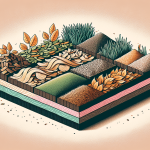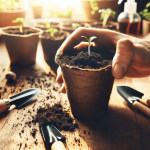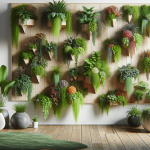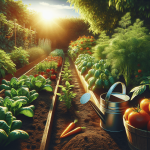This post may contain affiliate links. As an Amazon Associate, we may earn commissions from qualifying purchases.
Have you ever wondered how to select and care for drought-resistant plants? It’s a question that gardeners in arid regions often face, but even those in wetter climates are starting to consider it more as climate change affects weather patterns. Choosing the right plants and caring for them properly can make a significant difference not just to your garden’s appearance, but also to your water bill and environmental footprint.
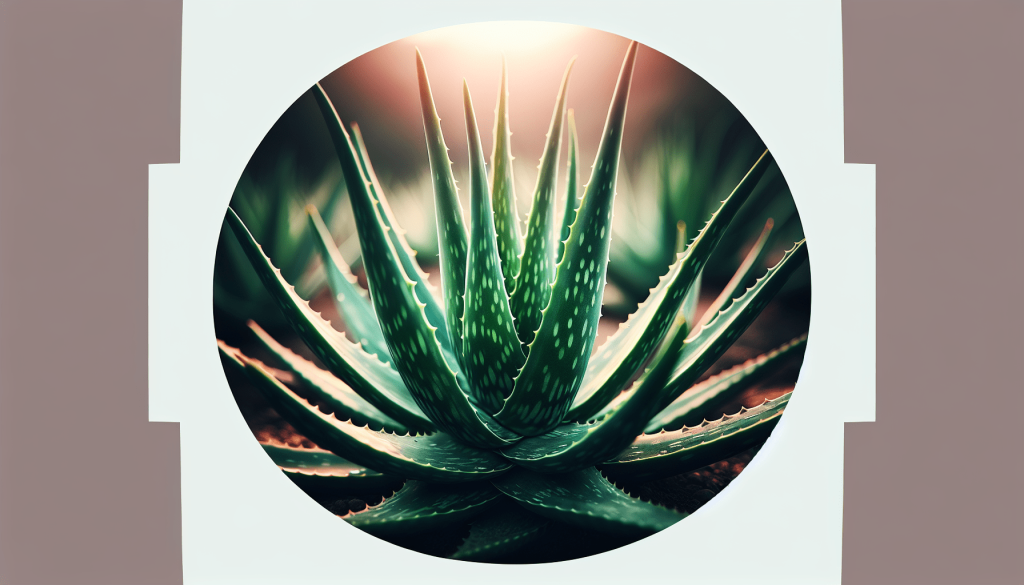
Understanding Drought-resistant Plants
Drought-resistant plants, also known as drought-tolerant plants, have evolved to survive in conditions where water is scarce. They’re not just cacti and succulents; many other varieties fit this category, offering a wide range of colors, shapes, and sizes for your garden.
What Makes a Plant Drought-resistant?
- Adapted Root Systems: Some have deep root systems that reach underground water sources.
- Reduced Leaf Surface Area: Smaller or fewer leaves reduce water loss.
- Waxy or Hairy Leaves: These features minimize evaporation.
- CAM Photosynthesis: A specialized type of photosynthesis that reduces water use.
Understanding these characteristics helps in selecting the right plants for your specific climate and soil conditions.
Selecting Drought-resistant Plants
Now that you’ve grasped what makes a plant drought-resistant, how do you go about choosing the right ones for your garden?
Assessing Your Climate and Soil
First things first, you need to know the canvas you’re working with. Here are some steps to help you get started:
Climate Considerations
- Local Climate: Check your local climate conditions, including average rainfall, temperature ranges, and seasonal changes.
- Microclimates: Identify microclimates within your garden, such as shaded areas or spots that receive more wind or sun.
Soil Conditions
- Soil Type: Determine if your soil is sandy, clayey, or loamy. Each type affects water retention differently.
- Soil pH: Conduct a soil test to find out the pH level. Most drought-resistant plants prefer neutral to slightly acidic conditions.
- Drainage: Make sure your soil has good drainage. Poorly draining soil can suffocate roots and lead to rot.
Choosing Your Plants
Here comes the fun part: picking your plants! Here are some popular drought-resistant options to consider:
Perennials
| Plant Name | Features | Growing Conditions |
|---|---|---|
| Lavender | Fragrant, purple flowers | Full sun, well-drained soil |
| Russian Sage | Silvery foliage, lavender-blue flowers | Full sun, well-drained soil |
| Yarrow | Feathery leaves, bright flowers | Full sun, well-drained soil |
Shrubs
| Plant Name | Features | Growing Conditions |
|---|---|---|
| Oleander | Evergreen, colorful flowers | Full sun, tolerates various soils |
| Rock Rose | Pink, white, or yellow flowers | Full sun, well-drained soil |
| Manzanita | Reddish-brown bark, small flowers | Full sun, well-drained soil |
Succulents
| Plant Name | Features | Growing Conditions |
|---|---|---|
| Aloe Vera | Medicinal, spiky leaves | Full sun, sandy soil |
| Agave | Rosette form, spiky leaves | Full sun to partial shade, well-drained soil |
| Sedum | Varied colors, forms, and sizes | Full sun, well-drained soil |
Local Plant Nurseries and Resources
Don’t forget to consult local plant nurseries and gardening websites since they often carry varieties tailored to your specific area. Local experts can offer advice and plant recommendations that suit your regional conditions.
Planting Your Drought-resistant Garden
You’ve picked your plants, and now it’s time to get them into the ground.
Preparing the Soil
Before planting, prepare your soil to give your drought-resistant plants the best start possible.
Soil Amendment
- Add Compost: Mixing organic compost into your soil improves its structure and water-holding capacity.
- Consider Mulching: A layer of mulch on top of the soil can reduce evaporation and keep roots cool.
- Lessen Compaction: Loosen the soil to improve aeration and water penetration.
Planting Techniques
Proper planting techniques go a long way in ensuring the success of your garden.
- Digging the Right Hole: Dig a hole that’s twice as wide and just as deep as the plant’s root ball.
- Plant at the Right Depth: Place the plant so that the top of the root ball is level with the soil surface.
- Watering In: Water thoroughly right after planting to help settle the soil around the roots.
Timing Your Planting
Choose the right season to plant your drought-resistant garden for best results.
- Fall Planting: Preferable in many regions, as it allows roots to establish before the heat of summer.
- Spring Planting: Also acceptable, but you may need to water more frequently until plants are established.
Caring for Your Drought-resistant Plants
Once your plants are in the ground, the focus shifts to caring for them. Though they’re low-maintenance by nature, a bit of care goes a long way in keeping your garden thriving.
Watering
Ironically, one of the key aspects of caring for drought-resistant plants is knowing how and when to water them.
Establishment Period
- Initial Watering: Newly planted plants require more frequent watering—typically weekly—until they establish roots.
- Gradual Reduction: Gradually reduce watering as the plants establish.
Mature Plants
- Deep Watering: Water deeply but less frequently to encourage deep root growth.
- Morning Watering: The best time to water is in the morning to minimize evaporation.
- Avoid Overwatering: Too much water can harm these plants more than too little.
Pruning and Maintenance
Regular maintenance helps keep your garden in top shape.
Pruning
- Seasonal Pruning: Some plants, like lavender and sage, benefit from seasonal pruning to encourage new growth.
- Remove Dead Material: Cut back dead or diseased material to keep the plant healthy.
Weeding
- Regular Weeding: Regular weeding prevents unwanted plants from competing for water and nutrients.
- Mulching: A layer of mulch can also help suppress weed growth.
Fertilizing
Drought-resistant plants are generally low feeders.
- Light Feeding: Use a balanced, slow-release fertilizer if needed, but don’t overdo it.
- Organic Options: Compost or organic fertilizers are preferable as they improve soil health over time.
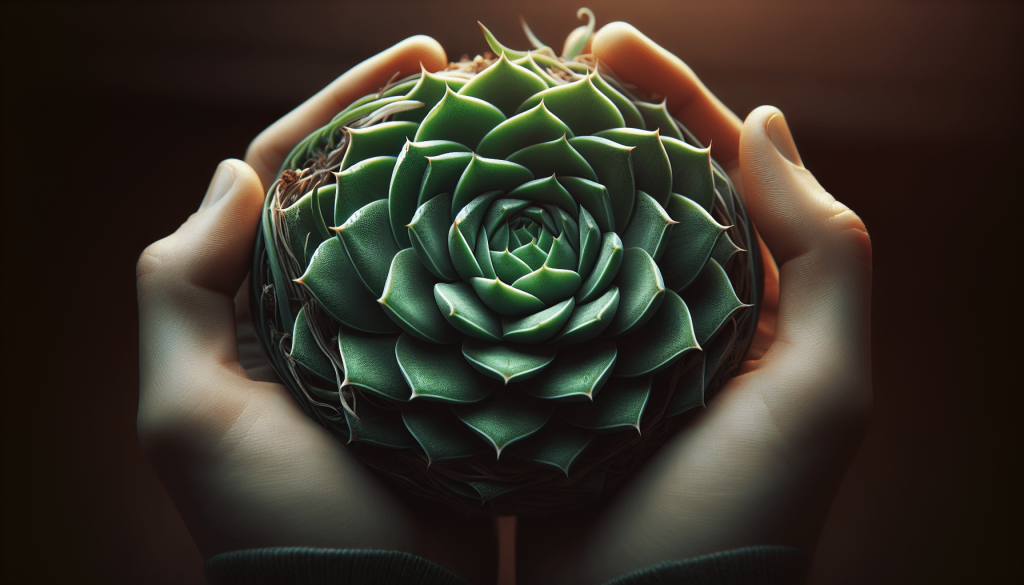
The Benefits of a Drought-resistant Garden
You might wonder if all this effort is worth it. The benefits are plentiful, making your garden not just a visual delight but also an eco-friendly and cost-effective space.
Environmental Impact
By choosing drought-resistant plants, you’re making a positive impact on the environment.
- Water Conservation: Reduce your water usage and contribute to water conservation efforts.
- Supporting Pollinators: Many drought-resistant plants attract beneficial insects like bees and butterflies.
- Soil Health: Plants with deep roots can help prevent soil erosion and improve soil structure.
Financial Savings
Less water means lower water bills, and low-maintenance plants reduce the costs and efforts related to fertilizers, pesticides, and other garden inputs.
Aesthetic Appeal
Drought-resistant plants offer a wide range of textures, colors, and forms, providing year-round beauty. Many have fragrant flowers and foliage that can transform your garden into a sensory delight.
Resilience
These plants are built to withstand harsh conditions, making them resilient choices for any gardener, particularly in times of unpredictable weather.
Common Questions and Misconceptions
Even with all this information, you might still have some questions. Let’s clear up a few common misconceptions.
Aren’t Drought-resistant Plants Only for Deserts?
Not at all! While they are ideal for arid regions, many drought-resistant plants can thrive in a variety of climates and soils. They’re often used in Mediterranean gardens, prairie landscapes, and even urban settings.
Do These Plants Require No Maintenance?
While they require less maintenance than other plants, “low-maintenance” doesn’t mean “no maintenance.” Regular care like watering, pruning, and weeding is still necessary for a thriving garden.
Will My Garden Look Sparse?
Absolutely not. With careful selection and planning, your garden can be lush and vibrant. Mixing various types of drought-resistant plants—perennials, shrubs, and succulents—can create visually appealing layers and textures.
Can I Grow Drought-resistant Plants in Containers?
Yes, many drought-resistant plants do well in containers. Just ensure proper drainage and use a well-draining soil mix. Container gardening offers flexibility for those with limited space or who want to move plants around for optimal sun exposure.
Your Journey to a Sustainable Garden
You’re now well-equipped with knowledge on selecting and caring for drought-resistant plants. It’s a journey that promises not just a beautiful and resilient garden, but also a step towards a more sustainable and responsible way of gardening.
Remember, the key is in understanding your local climate and soil, selecting the right plants, and providing them the proper care they need. With these principles in mind, your garden can thrive even in the toughest conditions, offering you beauty and satisfaction for years to come.
Isn’t it exciting to think of the possibilities? Imagine walking through your lush, vibrant garden, knowing that each plant is not just surviving but thriving on minimal water and care. So why wait? Start planning your drought-resistant garden today and see how rewarding sustainable gardening can be.


